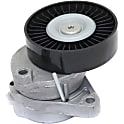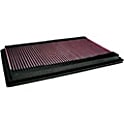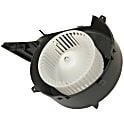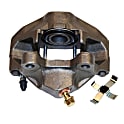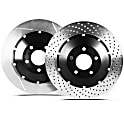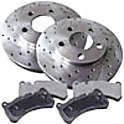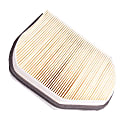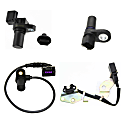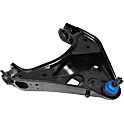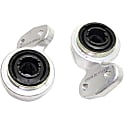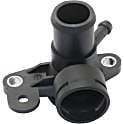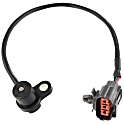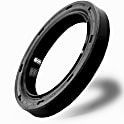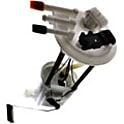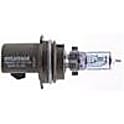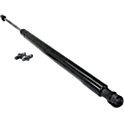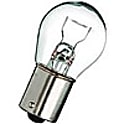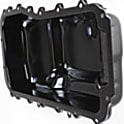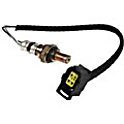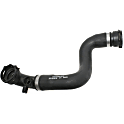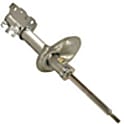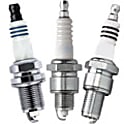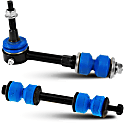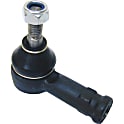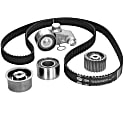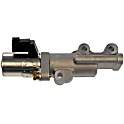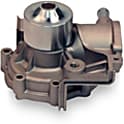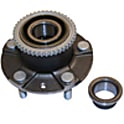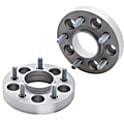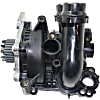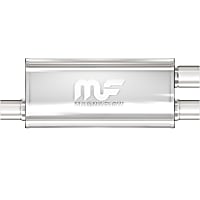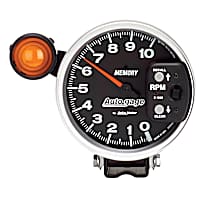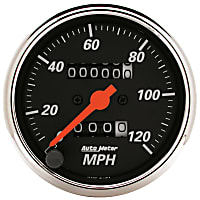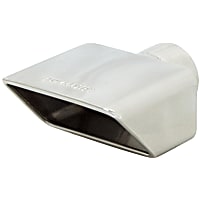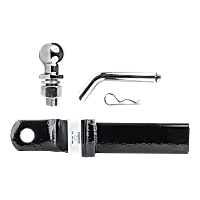{
"lazyNodes": false,
"abFitnotesFlag": false,
"abCrawlReviews": false,
"productOptionsCookie": false,
"orderDelayFlag": false,
"skipSessionCookie": false,
"covidMessage": false,
"fullTitleCookie": false,
"nrLoggerCookie": false,
"checkoutReviewCookie": false,
"productOptionSeqCookie": false,
"maintenanceFlag": false,
"bufferETACookie": false,
"multiShippingDiscountFlag": false,
"newFitmentFlag": false,
"surveyOptInFlag": false,
"crossSellFlag": false,
"skuMappingFlag": false,
"paySplitCookie": false,
"callDisableFlag": false,
"zipPaymentFlag": "u",
"hassleFreeReturn": false,
"lifetimeReplacement": false,
"cpn_off": false
}
Audi TT Quattro Parts & Accessories
Find the right parts fasterSelect Your Vehicle Part
Top Rated Products
Popular Products
Product Questions & Answers
Shopping for Audi TT Quattro Parts
Fun facts about the Audi TT Quattro
- The Audi TT Quattro is a regular fixture in racing games, notably the Need for Speed series. Here the Audi TT shares its Audi TT 3.2 Quattro and the Audi TT RS models.
- The TT, as with all Audi vehicles bearing the 'quattro' name, uses the same all-wheel drive concept. Power is initially concentrated to the front wheels, but upon the event of them slipping, power quickly shifts to the rear wheels.
- The origin of the TT began in the spring of 1994 in the Volkswagen Group Design Center in California. Originally a concept car, the Audi TT was first shown at the 1995 Frankfurt Motor Show.
- The TT in the Audi TT was taken from the successful racing tradition of the NSU Motorenwerke in the British Isle of Man motorcycle work. The TT stands for Tourist Trophy. NSU, coincidentally, competed in the race before merging into the company now known as Audi. TT has also been made to mean 'Technology & Tradition'.
- A few famous cars that had taken their name from the TT series also includes the NSU 1000TT, the 1200TT, and the TTS. All of these cars were manufactured back in the 1960s.
- A model of the Audi TT, the TT RS, was originally not available in the United States. Fortunately, Audi gave in to the wishes of Facebook fans of the car to bring the Audi TT RS into US shores.
- Each TT has a unique engine for specific variants. The entry level TT has a 158 bhp output engine, while the high-performance TT RS has a whopping 335 hp. This is to give each specific market a choice for their car.
- The TT is more aluminium than steel, with a 69 per cent to 31 per cent ratio. This is because designers wanted to save weight. At the same time, they also wanted to achieve a more desirable weight distribution in the car.
- In motorsports, the Audi TT was entered sponsored by Revo Technik in the KONI Sports Car Challenge Street Tuner (ST) class. It was also used as a safety car in the 2009 24 Hours of Le Mans.
The Audi TT Quattro is a work of art in every way. Its AWD capability is its biggest selling point, by far, and has attracted both new and veteran car enthusiasts. People also attest to the power of the TT, as it navigates curves and sharp turns with relative ease. People never felt out of place with this roadster, which had the feel of a FWD although it handled like an AWD with ease. However, as everything is not without fault, so is the TT. Let's take a look at some of the more common problems associated with it.
Timing belt
A lot has been said about the faulty nature of the timing belt in Audi's 2002 and 2003 models. One case even mentioned about driving an Audi through and through, and then breaking at 59,000 mi. This is very far from the 105,000 mi replacement for owners, and this obviously was a cause of frustration for the owner who wanted to replace his timing belt with original Audi TT Quattro parts.
This was attributed to a design flaw in the models of the Audi TT timing belts, a shared flaw with the Audi A4. It was the subject of a lawsuit in 2007, and had prompted Audi to pay for damage and compensation for damages related to the timing belt problem.
Control Arm
The control arm is one part of a car that should not be overlooked. It was also the subject of a recall for the 2000 and 2001 models of the TT Quattro. In April of 2002, Audi began the recalls of those TT models because of this problem with the control arm. The control arms are subject to corrosion, and this may impede their proper movement which could lead to grave results. Corrosion may occur due to moisture entering the rear track control arm's mounting bushing and bolt combination.
'Check Engine' light
One of the most common problems that is often cited about the TT Quattro is the constant illumination of the 'Check Engine' light. This light is an indication of any number of problems that may have something to do with the Audi's components. Usually the cause of this is due to vacuüm leaks, the oxygen sensor, or a fault with the catalytic converter.
More commonly, it is due to the failure of the air pump and air valve. Failure of these components lets the car's system attribute the fault to a vacuüm leak problem. This is caused by a poorly pressurized fuel tank, a result of the failure of the air pump and valve.
Minor issues
Other common problems with the TT Quattro include some issues with the interior side trim panels. These may become detached if the C-pillar trim covers fail to work properly. While it may not do that much harm to the car, the problem this time lies with the potential danger it could cause to a passenger, prompting a recall and replacement with Audi TT Quattro parts.
Last week, I started hearing squealing noise every time I turn the wheels, and it kind of bothers me. Does it indicate something serious? How can I eliminate this?
That squealing noise is your power steering system's way of telling you that it's already low on power steering fluid. You can make it go away by refilling the fluid. But before doing so, it would be wise to check the system for leaks first. If there's a leak, topping up the power steering fluid will just be a temporary solution to the problem. Unless you fix the leak, you'll just have to top up the fluid over and over again. Leaks in said system can usually be spotted in the power steering line, once the vehicle has been parked for a while. When you drive your ride out of the parking spot, look for red splashes; if there's any, that's power steering fluid leaking out of the line or hose. If there are no signs of leak, topping up the fluid will be enough to get the problem solved.
I am thinking of outfitting my Audi TT Quattro with dash mats and other accessories but someone told me that they might affect deployment of my car's front airbags. Is that true?
Well, that's partly true because anything that's placed in front of the airbag can hinder its deployment. But that doesn't mean you just have to envy those vehicles with such add-ons. You can check with your dealer or manufacturer if the dash mats you are planning to install are suitable for your particular TT Quattro models and if they can be used without preventing the airbags from deploying properly. In the case of dash-mounted add-ons, it's okay to have your ride fitted with such as long as they are not installed right in front of the airbag. It would still be wise to check with Audi or with your dealer as they are the ones who know exactly where the airbags what factors could hinder them from deploying when needed.
The tires of my Audit TT Quatro are soon due for replacement, and my friend mechanic is telling me to go for those that already have wear indicators. How important are those features, and why is it necessary to always keep an eye on tire depth and wear?
Tread wear indicators on some tires will make your life easier because they'll tell you when it's time for replacement, so you won't continue driving with bald tires. It is always important that you monitor your tires' tread wear and depth because these factors are necessary in ensuring maximum road traction and grip, keeping you away from tire-related road mishaps. The general rule is to replace the tires before the thread is worn down to 1.6mm. The tread grooves are the ones that disperse water from the tires, making it possible for you to maintain control—the more tread depth there is on the tire, the lesser the risk of aquaplaning.
While Audi’s sports cars may not have the same appeal as one from BMW or Mercedes Benz, it is undeniable—they make a fine automobile. The TT is one such example of how Audi has cemented its place as a solid contender to the two other German manufacturing giants. Coming in either a spacious 2+2 coupe or a classy two-seat Roadster, the TT is a gorgeous car. The Quattro variant adds an extra layer of appeal, giving drivers excellent handling, performance, and control in the form of on-demand four-wheel drive.
1998-2006: The car named after a motorcycle race
The TT is named after the Isle of Man Tourist Trophy motorcycle race, although some attribute the name to Audi’s aim of merging technology and tradition. The TT first came out as a coupe in 1998, followed by the Roadster variant in August of 1999. Unlike cars made by its contemporaries, Audi managed to create a vehicle of sleek, rounded curves—all the while managing to still look really tough and manly.
Interestingly, the powertrain layout of the Audi TT was closest to that released on the Volkswagen. In the case of the Quattro, the engine was a 1.8-L, inline-4, 20-valve turbocharged internal combustion model tied to an on-demand four-wheel drivetrain. The combination resulted in horsepower output between 178 and 222, making the TT Quattro as fast as it was maneuverable. In 2003, the engine range was complimented with a 3.2-L VR6 for a boost up to 247 hp. Additionally, a new six-speed dual clutch transmission was installed, improving acceleration while reducing time required to shift gears.
The year 2005 saw the introduction of the Sport variant that had its power increased via its 1.8-liter turbocharged engine—resulting in an output of 237 horsepower. Additionally, weight was reduced by 165 pounds. That reduction, in turn, allowed it to 0 to 62.1 mph in a quick 5.9 seconds.
2006-present: The TT comes into its own
The second generation was revealed on April 6, 2006 and was a beautiful evolution from its predecessor. This TT exemplifies the typical German mindset of constantly improving upon what already works. Weight distribution was one big area of improvement—aluminum was used in the front body panels while steel was used in the rear to offset the engine’s weight. Speaking of the engine, the latest TT got an all-new 1.8-liter, EA888 Turbocharged Fuel-Stratified Injection engine.
This new engine was derived from the Audi’s Le Mans endurance race experience, and offered fuel efficiency, increased power output, and cleaner emissions than ever before. The six-speed Direct-Shift Gearbox was retained, and naturally, the Quattro four-wheel drive system was retained. The TT Clubsport concept was featured specifically for the Quattro in 2008. It was an open-topped speedster variant with a 2.0-liter TFSI engine tuned for a whopping 296 horsepower.
At present, this Quattro is still primarily a show car. Audi, however, has not ruled out the possibility of small-scale, limited-run production.


